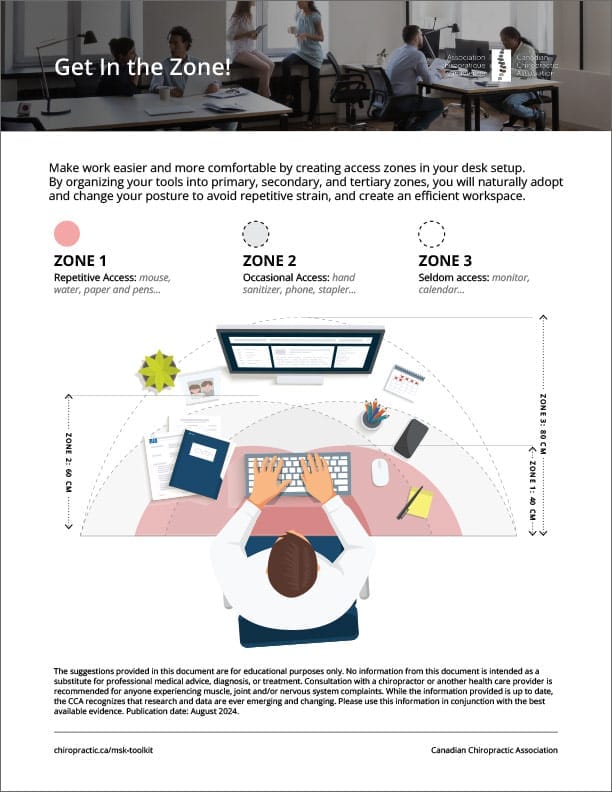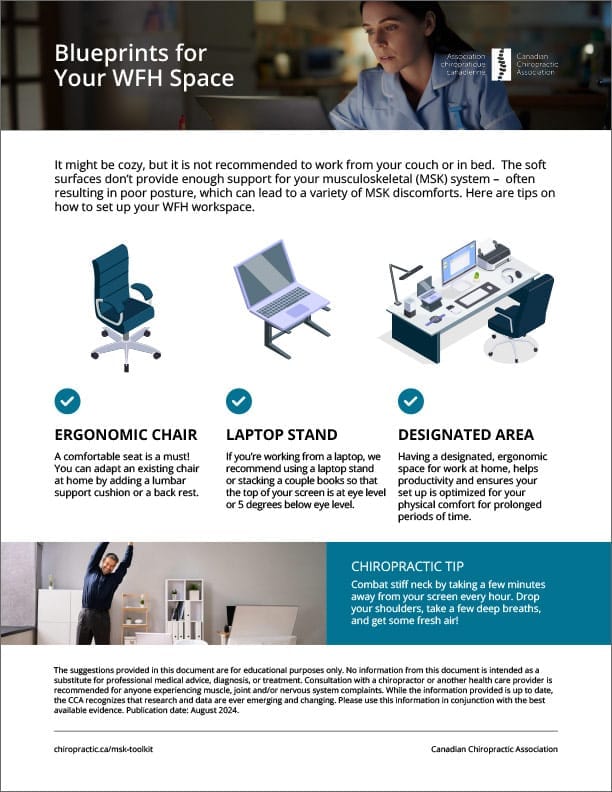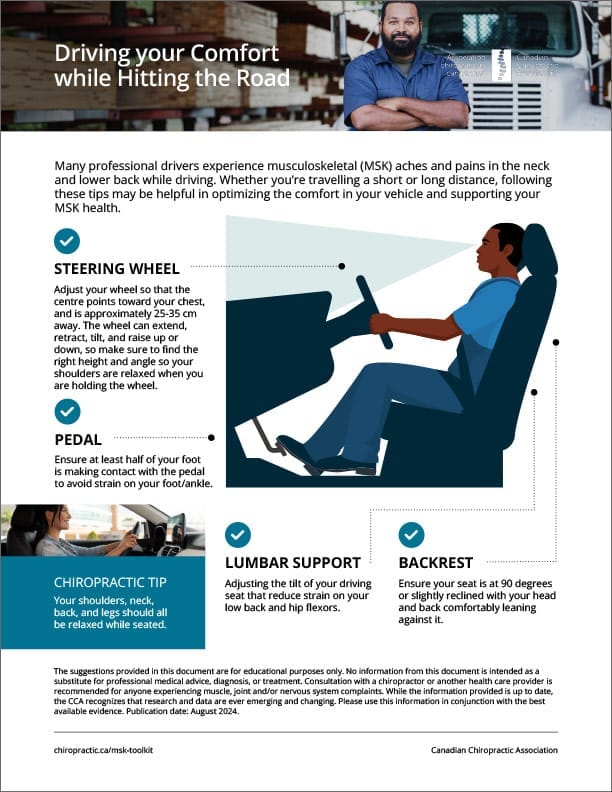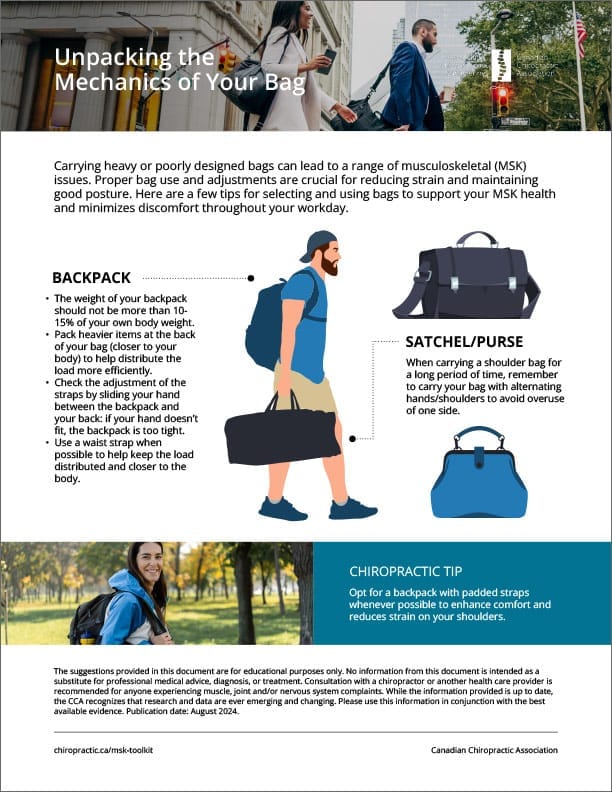
Why you need an MSK Strategy
MSK Toolkit
What does musculoskeletal (MSK) mean?
According to the World Health Organization (WHO), musculoskeletal impairments include more than 150 different diseases/conditions and are characterized by impairments in the muscles, bones, joints and adjacent connective tissues leading to temporary or lifelong limitations in functioning and participation.1
Acute MSK conditions develop suddenly and usually last for a short period of time. A common example is sprained ankle. Chronic MSK conditions persist and can worsen over time and can involve continuous or intermittent symptoms. Chronic MSK conditions are typically characterized by pain and limitations in mobility and dexterity, reducing people’s ability to work and participate in society.
If MSK conditions are untreated or poorly managed, they may lead to chronic pain or develop into a much more complex and costly chronic condition.
MSK conditions at work
Employers often underestimate the prevalence of chronic pain and chronic conditions in their workplace. In a recent survey, managers estimated that only 35% of their workforce had a chronic condition and/or chronic pain, but in reality, 67% of employees reported having at least one diagnosed chronic condition and/or chronic pain.2


On-site:
Some of the main factors associated with musculoskeletal injuries in the manufacturing industry include repetitive movements, awkward or uncomfortable movements and postures, poor ergonomics, excessive and/or prolonged force, contact stress, vibration, or speed performing tasks for a long period of time without sufficient rest breaks or alternative activity periods, and personal factors such as physical condition, sleep status, and other general health factors, such as a chronic illness.


In the office:
The repetitive motions office workers are accustomed to may lead to soft tissue injuries to the neck and shoulders and musculoskeletal injuries to the spine. Proper seating helps support the back and can help posture. Positioning computer monitors and higher eye levels help prevent injuries to the neck, and proper typing techniques while keeping your elbows at a right-angle help prevent issues, such as carpal tunnel syndrome. Other hazards an office worker may face involve improper lifting of heavy products or office supplies, which can easily injure your back or legs.


Hybrid:
According to an Institute for Employment Studies survey, more than half of those working remotely reported a significant increase in MSK complaints. They reported new aches and pains, especially in the neck, shoulder, and back, compared to their normal physical condition. Remote workers typically experience 18% less mobility, with a sedentary lifestyle leading to increased chance of being overweight, developing Type-2 diabetes or heart disease, and experiencing depression and anxiety. An effective MSK strategy will mitigate the negative impact of the hybrid workplace.
Download these free posters, e-mail them, or post them around the workplace.
Identifying common causes:
SAFE Work Manitoba determined the top three causes of work MSK injuries which were the result of either forceful exertion, awkward and sustained posture, and/or repetitive motions.3


Lost Time = Lost Productivity
The impact of lost time due to injury or disease is reflected across Canada and in all industries. The administrative cost, accident investigation time, and overtime costs to replace the ill or injured worker has been estimated to cost five to twenty-five times the direct cost.4 Disability absence costs due to injury or illness could cost companies with 1,000 workers more than $3 million a year.5
Know the Return on Investment for MSK Care
- World Health Organization, Musculoskeletal Health: Key Facts, July 14, 2022.
- Benefits Canada, 2022 Benefits Canada Healthcare Survey, 2022.
- Work Safe Manitoba, Musculoskeletal Injury Prevention Strategy
- Tim Windsor, “Assessing the Economic Impact of Proactive Injury/Illness & Health Management,” IAPA Conference.
- Craig Sebastiano, “Employee Absences Costly for Employers,” Benefits Canada, March 13, 2007.
Additional pages in this toolkit






